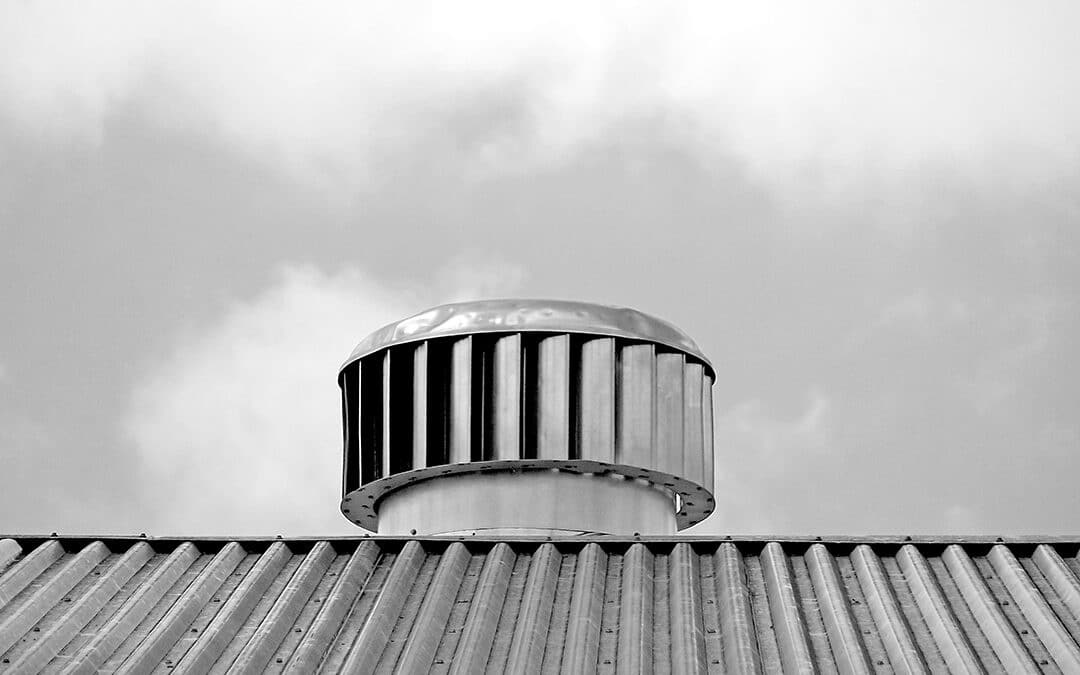Every commercial building needs to have some type of a roof vent. Without one, excess heat and moisture in the building have nowhere to escape. This can lead to problems like mold growth and increased energy consumption. It can also reduce the roof’s lifespan.
Roof vents keep spaces healthy and keep the temperature at a comfortable level, so they’re really a must. However, it’s important to determine the type that’s best suited for your type of building or roofing system.
Here are the five types of roof vents that are used for commercial roofs:
Roof Jacks
Many commercial buildings have roof jacks. These are circular vents installed on the roof of a building, usually at the point where a plumbing vent pipe penetrates the roof. The vent consists of a metal flashing installed around the pipe, and a vent cap that sits on top of the flashing. The cap allows air to flow in and out of the vent pipe, which in turn helps to prevent the build-up of harmful gasses inside the building. Moreover, they make plumbing systems less prone to clogging.
This vent can be prone to leaking if not properly installed or maintained. Additional maintenance is required to keep the vent clear of debris and to prevent damage from the elements.
Ridge Vent
This vent is installed at the peak of the roof. It ensures good airflow and makes the building comfortable by allowing stale hot air to escape. It also prevents moisture-related issues such mold, mildew, and rust. Some ridge vents are designed to be unnoticeable, so they don’t affect the aesthetics of buildings.
However, this vent only works well on a roof with a high gradient. If used on a low-gradient roof or a flat roof, there won’t be enough air movement.
Box Vent (aka Louver Vent)
A box vent is a square or rectangular box-shaped vent installed in an exterior wall or roof. The vent has louvers that let air flow in and out of the building. It is used to ventilate enclosed spaces, remove moisture and heat, and bring in fresh air. It can either be powered by electricity or just rely on natural airflow.
Because it is small, a box vent releases less air and has limited circulation ability. They must be installed in multiples. However, they can be strategically placed. You can put them in areas where it’s impossible to install ridge or off-ridge vents.
Powered Vent

This vent uses an electric motor to create a healthy airflow and remove hot air from the building. It can also draw out excess water vapor and fumes. Some powered vents use solar power to operate. Equipped with a thermostat, the ventilator switches on when it gets warm and shuts off when the temperature is at a desired level.
This vent requires more care and maintenance than its non-electrical counterparts because it has more mechanical elements. Also, it makes a little more noise.
Turbine Vent
This vent has a bulb-shaped turbine that looks like a chef’s hat. It spins whenever the wind blows through its fins. Then, it creates an airflow and removes hot air from the attic. A turbine vent has few parts that wear or break, making it a cost-effective option. However, since it relies on wind power, it only works in windy areas.
There are other types of commercial roof vents, but these are five of the most commonly used. It’s important to note that each type has its own pros and cons. An experienced roofing contractor like Allweather Roof can help you determine the best type of vent for your building. We’ll figure it out with you. Call us today!

